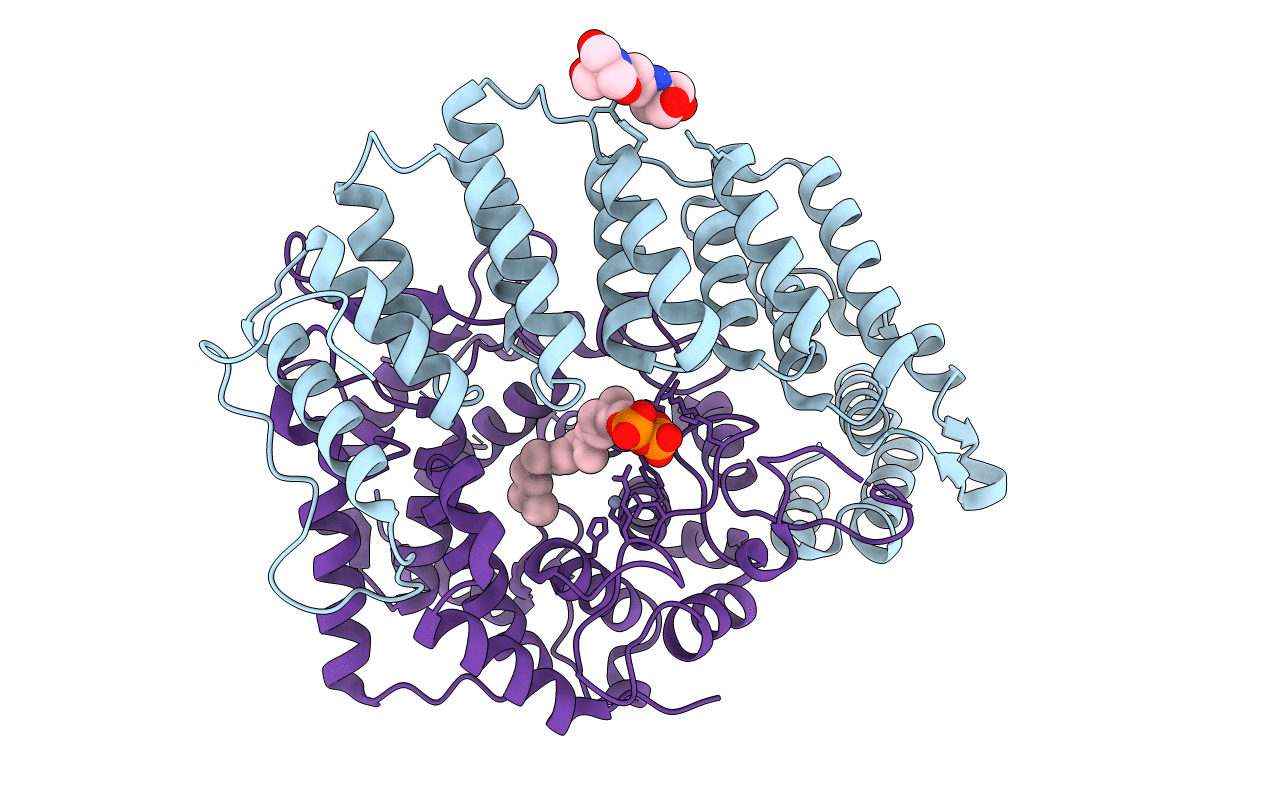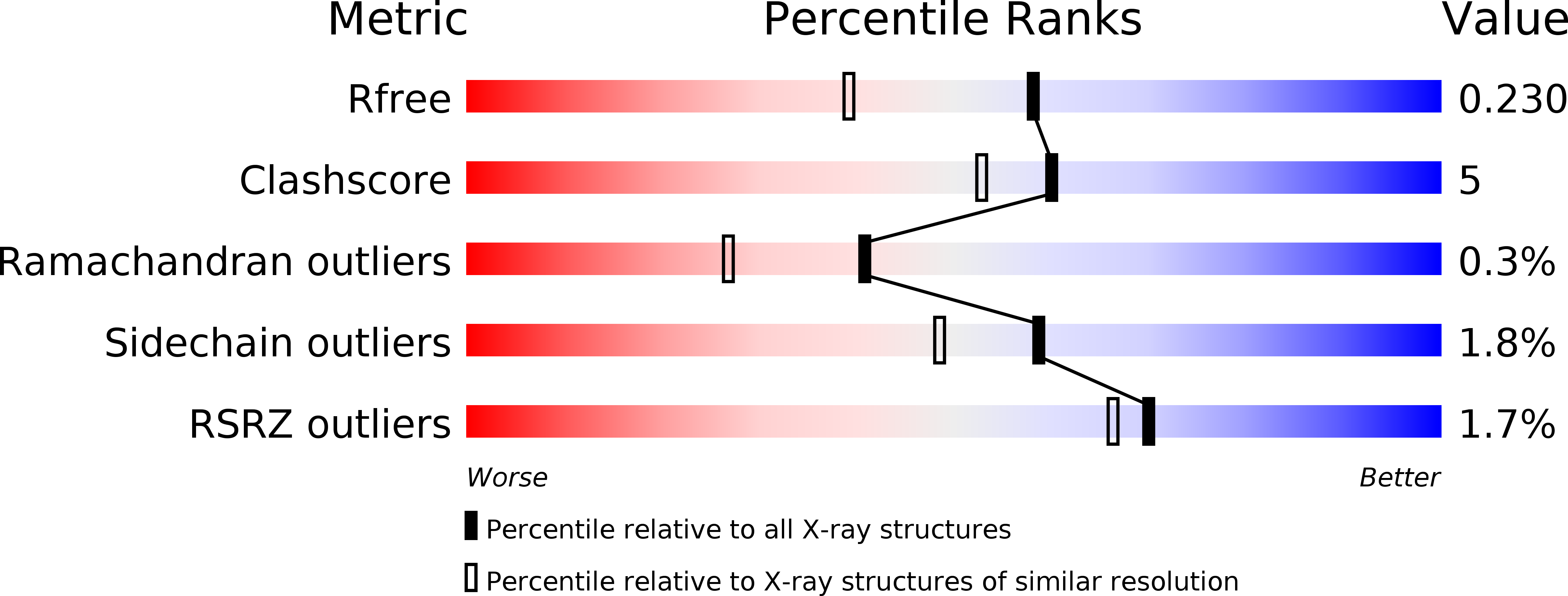
Deposition Date
2008-07-10
Release Date
2008-09-30
Last Version Date
2024-02-21
Entry Detail
PDB ID:
3DRA
Keywords:
Title:
Candida albicans protein geranylgeranyltransferase-I complexed with GGPP
Biological Source:
Source Organism:
Candida albicans (Taxon ID: 5476)
Host Organism:
Method Details:
Experimental Method:
Resolution:
1.80 Å
R-Value Free:
0.23
R-Value Work:
0.19
R-Value Observed:
0.19
Space Group:
C 1 2 1


